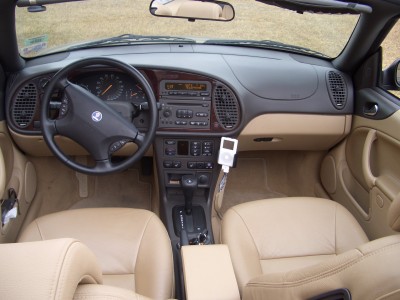this may explain some strange results...
Hello All,
Although I have not created an AUX input yet, I plan to and studied all the descriptions from all of you in advance.
Just studied my 9-3 2001 radio unit (newer type PU-2135C) a bit and have some remarks.
Did some PCB tracing and reverse engineering:
The TEL and CD inputs are DC separated by 10 uF/16V and buffered by an op-amp before it is fed to the pre-amp (the point on the PCB where the two TEL inputs are connected together)
Using a NJM2058 from op-amp from JRC they have created a differential TEL input, the CD inputs are just a 1x op-amp. There is also a 1K series+1K to ground attenuator at the input of TEL+
This does explain the lower volume on the unmodified TEL input.
And this could also explain why Seth's simple mod (soldering an input socket directly to the pre-amp) can damage your radio. Because you bypass the DC separation and buffering, a peak or static discharge could damage the pre-amp input.
I think that simply adding a electrolytic capacitor of 10 uF (minus towards signal source) in the L and R line and maybe a 100 Ohm series resistor should be added to make this mod less "dangerous".
Re-routing the CD inputs like German does is the safest way if you don't use the CD changer.
Currently I only added a 60 mm CPU fan to the back of the radio unit because the front and CD's became very hot after an hour !
When this mod proves successful, I plan to do some more testing on the TEL input.
Greetings,
Arne
The Netherlands
Arne, thank you very much for sharing this research!
-- German Alvarez



